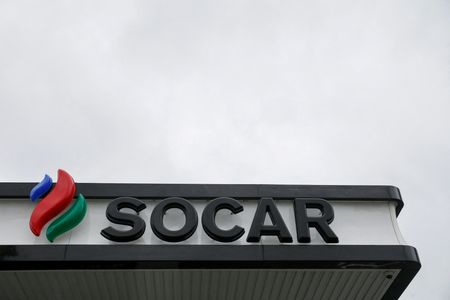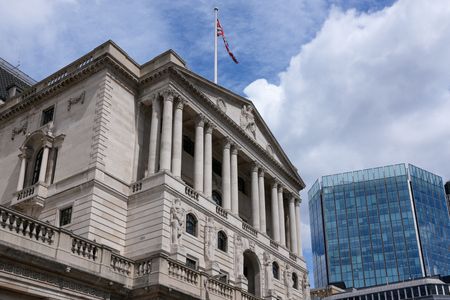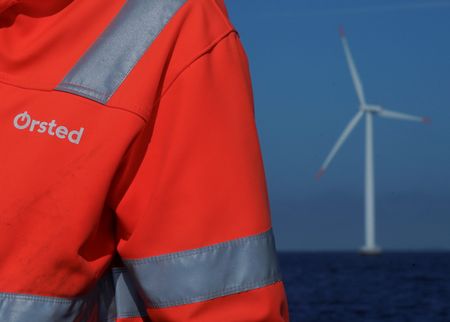By Andrei Khalip
(Reuters) -At least 16 people were killed and more than 20 injured when a car on Lisbon’s Gloria funicular railway line crashed after it derailed in one of the Portuguese capital’s deadliest public transport accidents.
Authorities are investigating the cause of the accident.
Below are some facts about the line:
– The railway is called Ascensor da Gloria, or the Gloria Lift, named after the street, Calcada da Gloria, on which it runs.
– There are two other funicular lines – Bica and Lavra – in central Lisbon, which has several steep hills, but Gloria is the most popular, especially among tourists, due to its location.
– Gloria connects Lisbon’s downtown area, at the corner of the commercial thoroughfare Avenida da Liberdade and Restauradores Square, to the terrace of Sao Pedro de Alacantara which offers panoramic views of the city, and to Bairro Alto, or Upper Quarter, famous for its vibrant nightlife.
– The cars are painted a distinctive yellow, similar to Lisbon’s trams.
– The Gloria line transports around 3 million people annually.
– The line’s two cars, each capable of carrying around 40 people, are attached to opposite ends of a haulage cable with traction provided by electric motors on the cars that counterbalance each other.
– The line, which opened in 1885, initially used a water counterweight system, then became steam-powered and was electrified in 1914, with overhead cables powering the motors.
– The railway was registered as a national monument in 2002.
– There are two long wooden benches along an aisle with their backs to the windows, all on the same horizontal level. The base of the car is taller on the bottom end to compensate for the slope gradient of more than 17%.
– The two identical cars, numbered 1 and 2, were built by the German company Maschinenfabrik Esslingen.
– The route is 265 metres (290 yards) long, on a double-rail track with a 90-centimetre (35-inch) gauge and a central slot for cable connection. About 50 metres before the bottom end there is a turn of about 30 degrees, where the derailment occurred.
– A derailment occurred in 2018 due to an undisclosed technical problem involving the cable. There were no injuries.
– The municipal public transport company Carris said in a statement that “all maintenance protocols have been carried out”.
– The line was shut in May for four days of maintenance.
(Reporting by Andrei Khalip; editing by Charlie Devereux and Alex Richardson)











